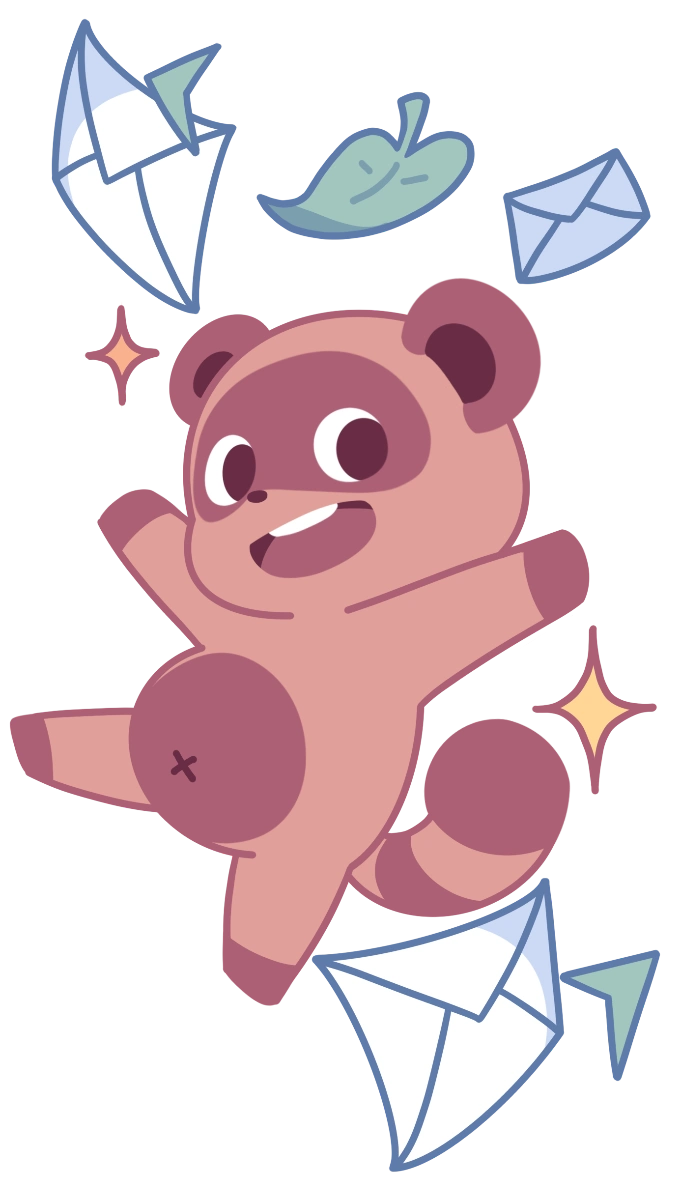Did you know that almost 70% of prospective buyers abandon their carts when shopping online? Sure, the ubiquitousness and simplicity of online shopping have made e-business easier than ever, but it’s also easier than ever to stop the purchase midway.
So, how do you bring back your customers and make them actually buy the products in their carts? The answer is abandoned cart emails.
TLDR: Abandoned cart emails are a very effective email marketing tool for recovering lost sales. They are emails you send when a customer hasn’t followed through with their purchase. In abandoned cart emails, you must look for catchy and concise subject lines, respectful and friendly email copy, the standout CTA button, and the email graphics corresponding to your brand.
What are Abandoned Cart Emails?
An abandoned cart email is a follow-up email sent to someone who leaves a website without purchasing the items they’ve put in their shopping cart.
Every abandoned cart is a loss of sales, which is why it’s so important to try and recover as many customers as possible with these kinds of emails. The average percentage for email open rates is around 15%, but with abandoned cart emails that percentage rises to 45%. On top of that, half of the people who haven’t gone through with the purchase will actually complete it when they’re reminded, making these emails super effective at recovering lost sales.
Best Abandoned Cart Practices in Email Marketing
So, next, I’m going to tell you more about these email practices and give you examples so you can write effective abandoned cart emails that will incentivize your customers to follow through with their purchases.
1. Think of a Catchy Subject Line
Subject lines are the first thing that a customer sees in their inbox. A good subject line is, at the same time, catchy, simple, concise, and on-point.
The customer should be able to understand it immediately. The tone should be friendly and conversational, like talking to a friend, but also respectful. Infuse it with a dose of urgency so the customer is even more compelled to open the email, and you’ve got a catchy subject line.
Here are some excellent examples of abandoned cart subject lines:
-
Left something [product name] behind? No worries, we saved it for you!
-
Don’t forget to complete your order!
-
Your cart is waiting for you.
And if you want a bit more daring subject lines, try these:
-
Is everything fine? You forgot __
-
What’s that thing in your cart?
-
Don’t wait until __ it’s gone!
You can also include the limited-time offer trick:
-
Still shopping? Get 20% off your cart items!
-
Last chance to get 15% off!
-
[product name] is waiting in your cart and so is the 20$ off/free shipping!
2. Don’t Forget About the Email Copy
Your email copy should also deliver and follow the same criteria of simplicity, conciseness, clarity, and friendliness. Avoid being too imposing or demanding because otherwise, you risk alienating your customer.
It’s not mandatory, but it’s an excellent idea to include an image of the product in the email copy, so you can also make a visual impact on your customer.
You might want to consider including related items in the email, but they need to correspond with the cart item(s). You can also include some positive reviews from other customers that might incentivize your customer to actually go through with the purchase.
Finally, don’t forget to include customer support info - a phone number, chat, or email, in case your customers have encountered a problem with the purchase and need additional assistance.
To sum up, keep the copy short, precise, and respectful, and you’ll be good to go.
Here’s an example to inspire you:
*Hi/Hello __ [name of customer],
We noticed that you left a couple of items/an item in the cart but didn’t complete your order. It’s no fuss at all, when you’re ready you can always continue with the purchase./ No worries, we have everything saved up for you, so when you’re ready you can always continue with the purchase.
Please let us know if you have any issues with the checkout process!*
CTA button: Go to basket/View basket/Return to cart
3. Never Forget the CTA Button
Make sure to include a CTA (call to action) button that’ll lead directly to their abandoned cart; otherwise, the whole email would kinda be in vain. A CTA button or call to action button is a key part of many different email campaigns. They are there to give the customer a clear action to take.
A CTA button, like the subject line and the email copy, should also be clear and unimposing but also direct and incentivizing.
So, for example, a “Return to cart” would work better than “Buy now/Pay now” because it gives people room to reconsider without pushing them to do something they might not be ready for.
The CTA button can come in different designs, fonts, and colors, but all of this needs to align with your brand aesthetic. Generally speaking, the CTA button should stand out from the rest of the email, but not in a tacky way.
CTA button examples:
-
Return to cart
-
Return to your cart
-
Go to basket/cart
-
View (your/my) basket/cart
-
Treat yourself
-
Let’s shop
-
Shop now
-
Complete/Finish checkout
4. Pay Attention to the Email Graphics
Because your customers probably receive dozens, if not hundreds, of emails daily, you definitely want your abandoned cart email to stand out. You also need some catchy graphics besides a great subject line, a clear email copy, and a standout CTA button. Of course, this also means they should correspond with your overall brand aesthetic.
Here are some tips on how you can make consistent and catchy email graphics:
-
Replicate your website theme in your email designs. This will help with brand recognition.
-
Include your brand colors into your overall email campaign, and of course, that includes the abandoned cart emails as well.
-
When you use photographs, use your products or models, if possible. Limit your use of stock photographs if you can because they often look artificial and too generic.
-
Don’t shy away from using a more dynamic email design, like incorporating GIF images or including a slideshow of products.
5. When Should I Send and How Many?
There are a few different strategies to employ here, but at Bento we have seen the best return with a maximum of three abandon cart emails sent, with the first being sent within the first hour or two after the customer fails to purchase.
After that, you should stagger them out so if the first email doesn’t clinch it, another goes out after a couple of days, and the third goes out after about a week. If you make it all the way to the third email and your margins allow a small discount or free shipping usually helps push it over the line.
One great thing about Bento is that we track all these events, and you can set up custom workflows, so every customer who abandons their cart gets sent the series of emails without you having to do a thing.
Conclusion
Abandoned cart emails can be a powerful email marketing tool to bring potential sales back from oblivion. I mean, you saw the statistics in the introduction - these kinds of emails are a crucial element in any online business’ email marketing strategy.
So, you don’t have to worry the next time you notice a customer hasn’t gone through with their purchase. You always have abandoned cart emails to get them back to shopping.
Enjoyed this article?
Get more email marketing tips delivered to your inbox. Join 4,000+ marketers.
No spam, unsubscribe anytime.


